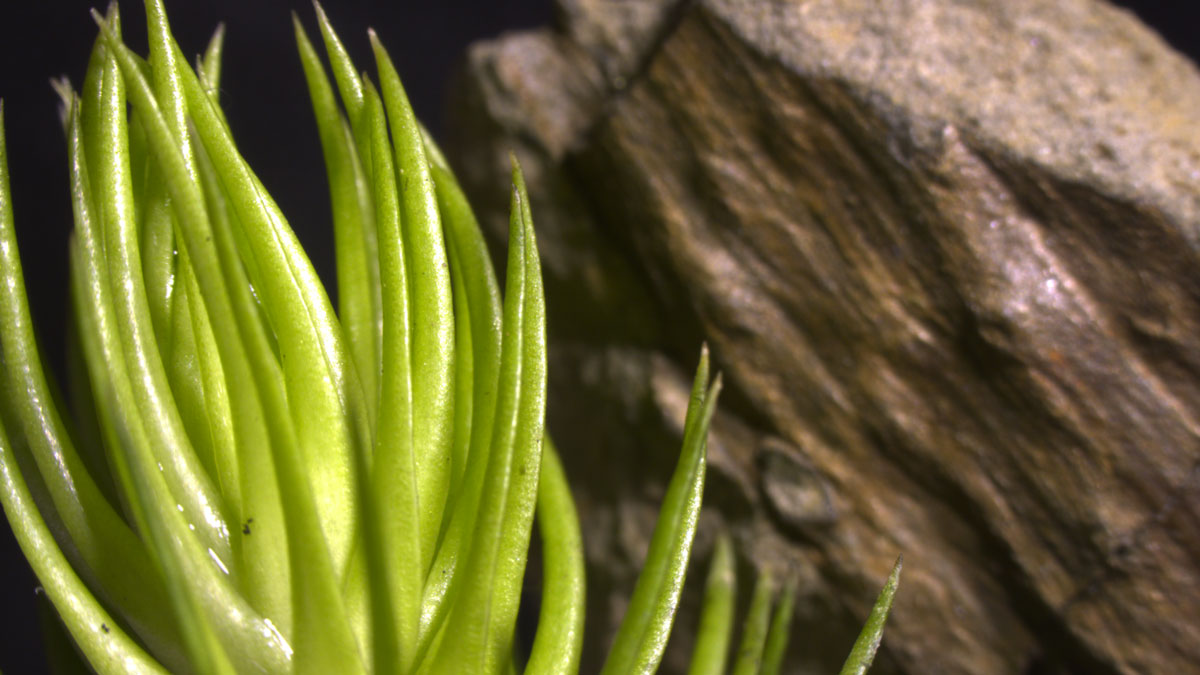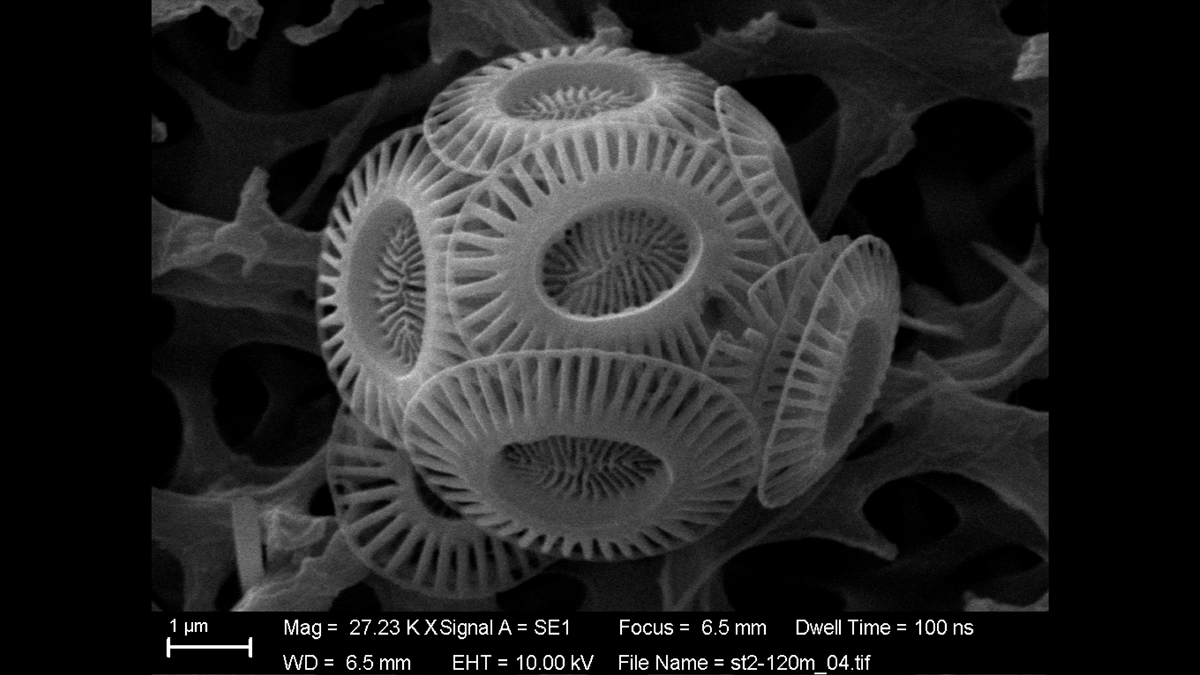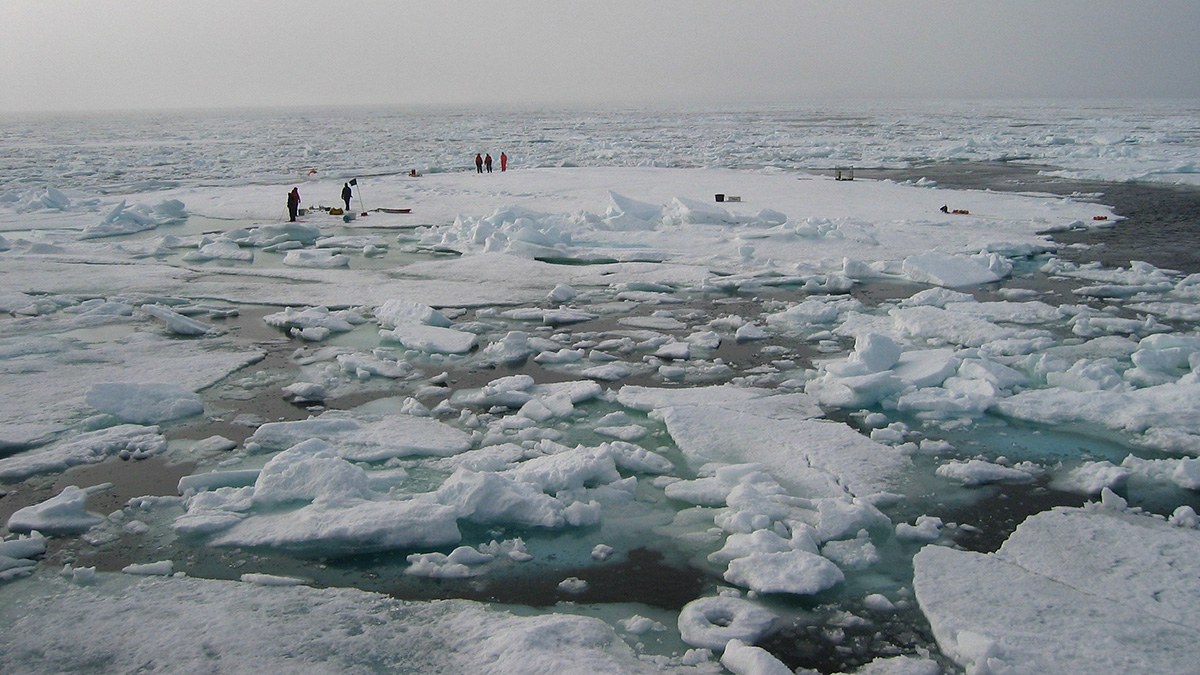不断增长的人口需要更多的食物和能源,而这些都在争夺有限的空间……除非能改变这样的竞争局面。
photosynthesis
Ambidextrous Microbes May Pump Out CO2 as Temperatures Rise
Certain microbes that engage in both photosynthesis and predation are more likely to do the latter as the planet warms, resulting in a net release of carbon dioxide.
A Symbiosis Between Agriculture and Solar Power
A growing population requires more food and energy, which compete for limited space…unless they don’t.
Applying Algal Geometry to Past and Future Environments
Math can be fun when reconstructing the ocean’s past and forecasting the future with algal geometry.
Carbon In, Carbon Out: Balancing the Ocean’s Books
Scientists have developed a consensus guide of standard protocols for how best to measure oceanic primary productivity, a key component in Earth’s carbon cycle.
Small Shrubs May Have Played a Large Role in Decarbonizing the Ancient Atmosphere
Vascular plants may have contributed to shaping Earth’s atmosphere long before trees evolved.
How Forest Structure Drives Productivity
Data from northern Wisconsin forest sites uncovered that vertical heterogeneity metrics are the most influential factors underlying rates of photosynthesis.
Understanding the Calcium Carbonate Cycle in the North Pacific
Using data collected from Hawaii to Alaska, a new study sheds light on calcium carbonate cycling in the ocean, an understudied component of the global carbon cycle.
Algal Mats May Be a Key to the Arctic Food Web
Melt ponds in sea ice have thriving algal communities with startlingly high levels of photosynthetic activity.
Drop in Rain Forest Productivity Could Speed Future Climate Change
As temperatures rise, tropical forests will become more stressed and photosynthesize less.










